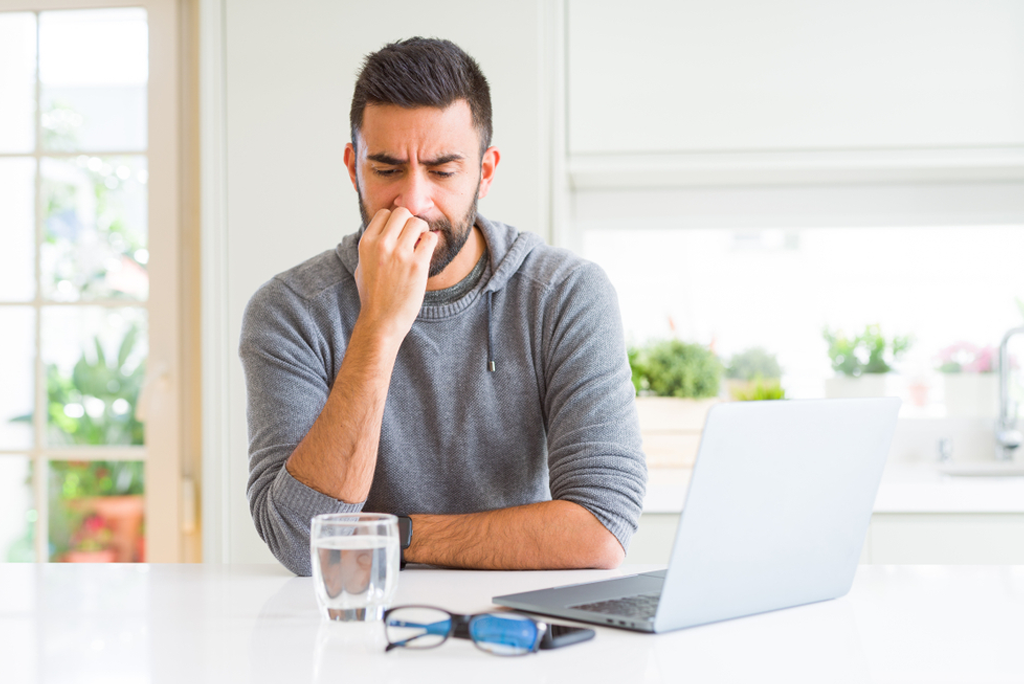Phobias
Don’t let fear rule your life. Get help from Naveen Rehab today.

Phobia Treatment @ Naveen
Overcoming phobias can be difficult, but there’s hope. With the right treatment, you can learn to manage your fears and lead a productive, fulfilling life. Here we’re in helping you to overcome those fears with highly skilled and experienced mental health professionals who create a treatment plan for the individual’s unique needs. We provide different types of therapies, where you ventilate your fear. In some cases, you may also need medication like antidepressants and anti-anxiety medications which can help calm your emotional and physical reactions to fear. Often, a combination of medication and professional therapy is the most helpful.
- What?
- Why?
- How?
An irrational fear of a specific object, situation, or activity that can cause significant distress and impairment. Phobias are a type of anxiety disorder, and they are relatively common. It is estimated that about 19% of people will experience a phobia at some point in their lives. There are many different types of phobias, and they can range in severity from mild to severe.
Phobias can significantly interfere with an individual’s quality of life, often leading to avoidance behaviors where people go out of their way to steer clear of the feared object or situation. For some, just thinking about their phobia may cause physical symptoms like sweating, shaking, or a racing heart. Phobias are commonly grouped into categories, such as specific phobias (like fear of heights or spiders), social phobias, and agoraphobia, each presenting unique challenges. Understanding and treating phobias can help individuals regain control and reduce fear-driven limitations.
Genetics: Some studies have shown that people with phobias are more likely to have a family history of the condition. This suggests that there may be a genetic component to phobias.
Environment: People who experience childhood trauma, such as abuse or neglect, are more
likely to develop phobias. This suggests that environmental factors can also play a role in the
development of phobias.
Learning: Phobias can also be learned through classical conditioning. This is a type of
learning in which a neutral stimulus is paired with a fear-inducing stimulus. Over time, the
neutral stimulus can become a fear-inducing stimulus itself.
Brain chemistry: Some studies have shown that people with phobias have differences in
brain chemistry. For example, people with social phobia may have lower levels of serotonin,
a neurotransmitter that is involved in mood regulation.
Phobias can also develop through observing others’ fearful reactions, a process known as observational learning. For example, if a child sees a parent express extreme fear of dogs, they might adopt a similar fear themselves. Additionally, certain personality traits, such as high sensitivity to anxiety or stress, may make individuals more susceptible to developing phobias. Sometimes, a single traumatic event can act as a trigger, embedding a strong fear response associated with a particular object or situation. Together, these factors contribute to the complex nature of phobia development.
- Intense fear: People with phobias experience intense fear and anxiety when they are exposed to the object or situation that they are afraid of. This fear can be so severe that it can cause physical symptoms, such as a racing heart, sweating, and shortness of breath.
- Avoidance: People with phobias often avoid the object or situation that they are afraid of. This avoidance can significantly impact their daily life. For example, someone with a phobia of heights may avoid going up stairs or riding in elevators.
- Distress: Phobias can cause significant distress and impairment. People with phobias may worry about being exposed to the object or situation that they are afraid of, and this worry can interfere with their work, school, and social life.
- Panic attacks: Some people with phobias may experience panic attacks when they are
exposed to the object or situation that they are afraid of. Panic attacks are sudden and intense
episodes of fear that can cause physical symptoms, such as a racing heart, shortness of breath,
and chest pain.
Phobias can also lead to hypervigilance, where individuals are constantly on guard to avoid their fears, which can drain their mental and physical energy over time. In some cases, the impact of phobias can extend beyond the immediate situation, affecting self-esteem and increasing feelings of isolation or frustration due to their limitations. For treatment, methods like exposure therapy, cognitive behavioral therapy (CBT), and gradual desensitization can help individuals reduce their fear response, build resilience, and reclaim their daily routines.


